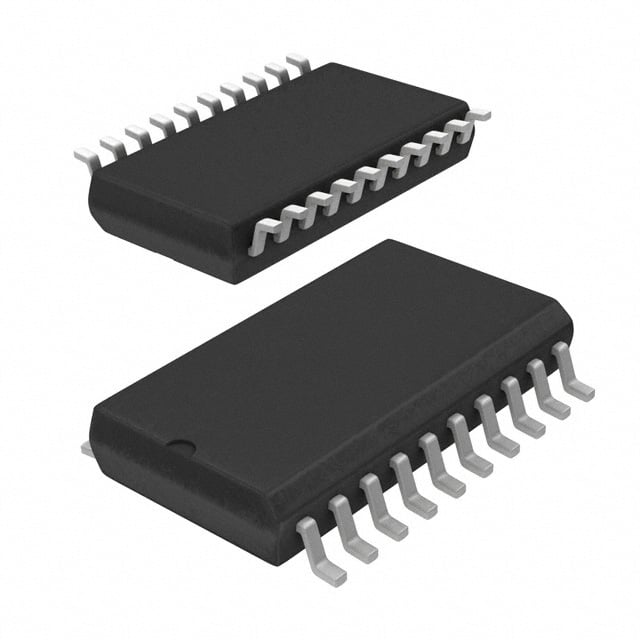SN65LBC171
Triple differential transceivers for RS-422/RS-485 communication in SOIC/SSOP packages
Manufacturer: ['rochester', 'analog-devices', 'ti']
series introduction
# SN65LBC171 Product Series Introduction
## 1. Overview
The SN65LBC171 is a remarkable product series offered by Texas Instruments, specifically designed for high - speed data communication applications. It belongs to the family of line drivers and receivers, which play a crucial role in ensuring reliable data transmission over long distances in various industrial, automotive, and communication systems.
## 2. Key Features
### 2.1 High - Speed Performance
- The SN65LBC171 is capable of supporting high - speed data rates. This makes it suitable for applications where rapid data transfer is essential, such as in high - speed local area networks (LANs) or in industrial automation systems where real - time data acquisition and control are required. It can handle data rates that meet the demands of modern communication standards, enabling seamless and efficient data flow.
### 2.2 Low Power Consumption
- In today's energy - conscious world, power efficiency is a top priority. The SN65LBC171 series is engineered to consume minimal power while maintaining high - performance operation. This not only helps in reducing the overall energy costs of the system but also extends the battery life in portable or battery - powered applications. It is designed with advanced power management techniques to optimize power usage without sacrificing data transmission quality.
### 2.3 Robust ESD Protection
- Electrostatic discharge (ESD) is a common threat in electronic systems that can cause permanent damage to components. The SN65LBC171 is equipped with robust ESD protection on its input and output pins. It can withstand high - voltage ESD events, ensuring the reliability and longevity of the device. This protection feature makes it suitable for use in harsh industrial environments where ESD risks are relatively high.
### 2.4 Differential Signaling
- It utilizes differential signaling technology. Differential signals are less susceptible to electromagnetic interference (EMI) and noise compared to single - ended signals. This results in a more reliable data transmission, especially over long cables. The differential signaling also helps in reducing the effects of ground - loop currents, which can cause signal distortion and errors in communication systems.
## 3. Functional Block Diagram and Working Principle
### 3.1 Block Diagram
- The SN65LBC171 typically consists of a line driver section and a line receiver section. The line driver takes the input digital data and converts it into differential signals suitable for transmission over a long - distance communication line. The line receiver, on the other hand, receives the differential signals from the communication line and converts them back into digital data that can be processed by the connected system.
### 3.2 Working Principle
- When data is to be transmitted, the input data is fed into the line driver. The driver amplifies and shapes the signal, and then generates a pair of differential signals (a positive and a negative signal) that are sent over the communication line. At the receiving end, the line receiver senses the difference between the two differential signals. Based on this difference, it determines the original digital data and outputs it to the connected system.
## 4. Applications
### 4.1 Industrial Automation
- In industrial automation systems, the SN65LBC171 is used for communication between various control devices, sensors, and actuators. For example, it can be used to transmit data from a programmable logic controller (PLC) to a motor drive or to receive sensor data from a temperature or pressure sensor. Its high - speed performance and robust ESD protection make it ideal for use in the harsh industrial environment where electrical noise and ESD events are common.
### 4.2 Automotive Electronics
- In automotive applications, the SN65LBC171 can be used for in - vehicle communication systems. It can be employed in the communication between different
Images for reference

20-SSOP

20-SOIC 0.295

20-SOIC 0.295